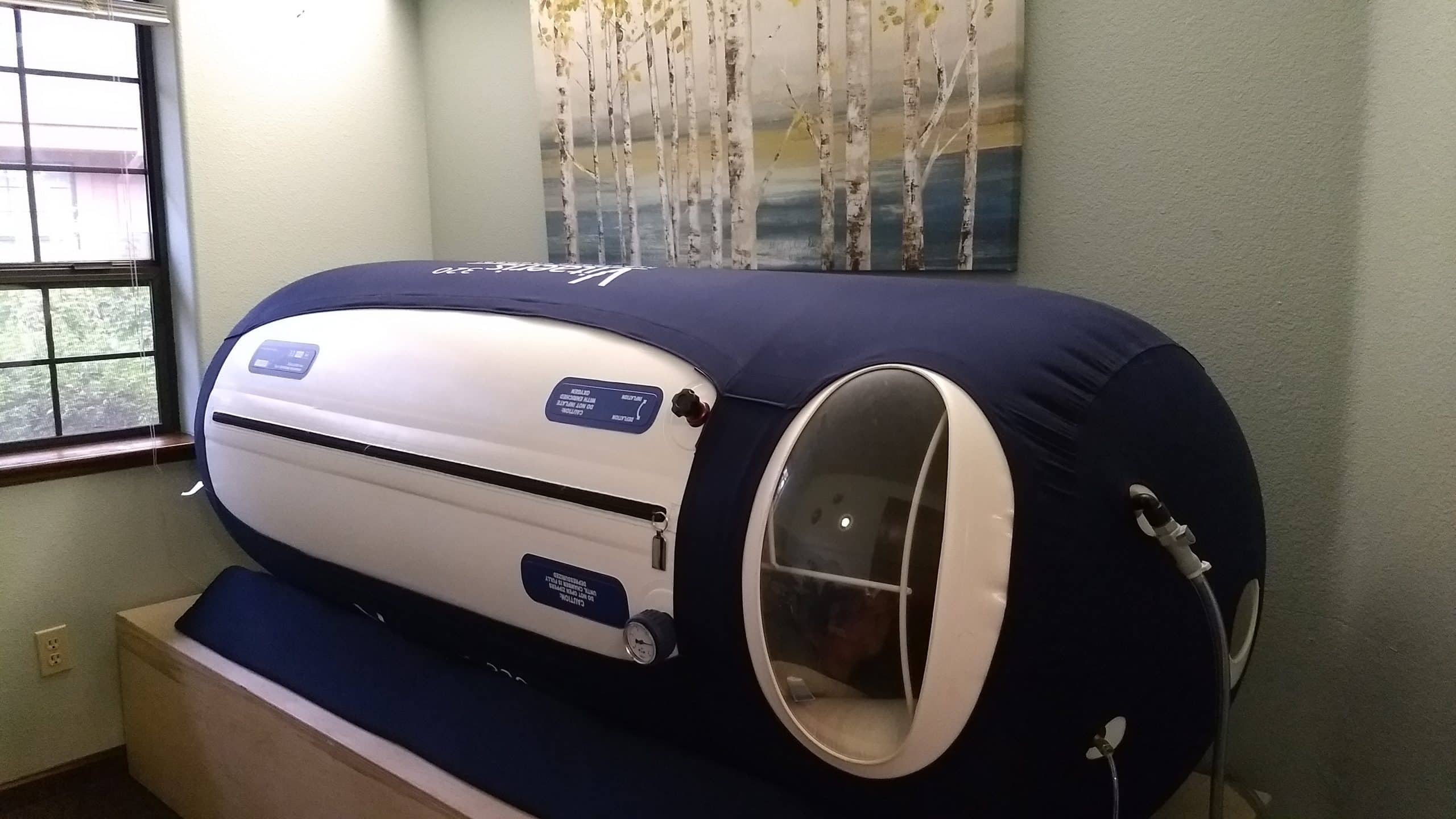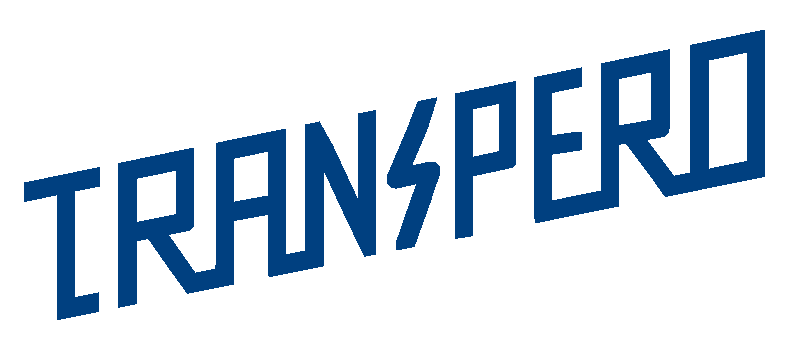
Dylan Kim, was just thirteen month old, when he was involved in a near-drowning incident on March 23. His parents found him submerged in the family swimming pool with his face down. They rushed Dylan to the nearest hospital wherein the doctors informed them that the child had a bleak chance of survival.
After the intial check-up, the parents were distraught as the doctors informed them that Dylan was ailing from severe brain trauma. This medical condition is typically caused by the lack of sufficient oxygen in the body fluids, resulting in restricted blood supply to the brain, thereby causing serious cognitive disabilities if left untreated for a long duration.
As Dylan continued to experience breathing difficulties, the medical staff put him on life support for a few weeks. Soon, Dylan’s breathing stabilized and he was discharged from the hospital. After Dylan moved back home, his doctors felt that a complete recovery would be difficult. The severity of their son’s medical condition prompted the parents to search for other viable treatment methods.
Thereafter, Dylan’s parents discovered an alternative therapy known as hyperbaric chamber treatment or hyperbaric oxygen therapy (HBOT) at the New Orleans clinic of Dr. Paul Harch.
That summer, the entire family moved to New Orleans and commenced Dylan’s hyperbaric chamber treatment at the clinic.
Dr. Paul Harch is a renowned hyperbaric expert with an experience of three and half decades. The doctor is known to have successfully treated patients with varied medical conditions using hyperbaric chamber treatment.
Dylan displayed significant improvement in his condition post the initial sessions of hyperbaric therapy. He was able to blink, shift his focus and also expressed himself through facial movements. Dylan’s mood swings reduced considerably after commencing the treatment. He seemed more relaxed and developed a calm disposition.
Dr. Harch admits that Dylan’s recovery may take longer than expected and that living a normal life could be impaired due to a few cognitive difficulties, speech and mobility being two major concerns.
However, Dr.Harch is optimistic regarding the child’s recovery as he says that if someone is given repetitive sessions of hyperbaric therapy, they will be able to grow new tissue and heal pre-existing wounds.
These gratifying words from Dr.Harch have provided Dylan’s parents with the much required hope and solace, as they eagerly wait for their eighteen month old son to recover completely.
Most patients affected by near-drowning incidents are known to experience severe cognitive difficulties and other related complications.
Early administration of adequate solutions such as hyperbaric chamber treatment are known to significantly aid near-drowning victims in their recovery process.
What Is Hyperbaric Chamber Treatment?
hyperbaric chamber treatment or hyperbaric oxygen therapy (HBOT), is a popular alternative treatment solution that has been used by physicians since the early 1960s’.
HBOT was initially used to treat US naval divers for decompression sickness. Over the years, hyperbaric experts discovered that hyperbaric chamber treatment can be used to treat varied medical conditions such as:
- Traumatic brain injury.
- Diabetic wounds.
- Gas Gangrene.
- Toxic poisoning.
- Acute anemia.
- Post traumatic stress disorder.
- Parkinson’s disease.
- Alzheimer’s disease.
- Crush injury.
Apart from the above mentioned ailments, HBOT therapy is known to have provided relief to patients afflicted by numerous other disorders.
How Is Hyperbaric Chamber Treatment Administered To Patients Involved In Near-Drowning Accidents?
During hyperbaric chamber treatment, the patient is placed in a pressurized compartment known as a hyperbaric chamber. Thereon, hyperbaric experts administer 100% unadulterated oxygen to the individual at enhanced pressures that are 1.2 to 3 times greater than normal atmospheric pressure at sea-level.
The pressurized oxygen dissolves quickly into the body fluids, which enhances the flow of oxygen to the injured or damaged parts of the brain. The surge of oxygen-rich blood supply to the affected parts of the brain is known to activate the regeneration of tissues, thereby accelerating the injury healing process in the patient.
What Are The Different Types Of Hyperbaric Chambers Available In The Market?
There are three types of hyperbaric chambers available in the market, namely:
- Multiplace Hyperbaric Chamber:
This type of a chamber is typically installed in large medical faciliies wherein multiple individuals can undergo HBOT during a single session.
In a multiplace chamber, the administration of hyperbaric oxygen therapy is monitored by clinical staff from within the chamber.
- Monoplace Hyperbaric Chamber:
A monoplace hyperbaric chamber is a device that is ideal for clinics or homes. This chamber can accommodate only one individual at any given time.
In a monoplace hyperbaric chamber, the treatment is monitored by hyperbaric experts from the outer periphery of the chamber. This type of a chamber is ideal for home installation if the near-drowning patients require treatment for an extended period of time.
- Portable Hyperbaric Chamber:
A portable hyperbaric chamber is constructed from urethane or canvas and can be transported to any location. This chamber is designed for a single user and can be installed with ease in a hotel room or home by following an instruction manual.
Portable chambers are mostly preferred by individuals with extensive travel schedules as it provides them with the privacy of undergoing HBOT in a locale of their choice. Patients can also undergo hyperbaric chamber treatment in an independent manner with minimum guidance from clinical experts.
The inspiring story of 18 month old Dylan’s survival from the near-drowning incident coupled with his subsequent recovery post hyperbaric chamber treatment treiterates the benefits and efficacy of this age-old, adjunctive therapy.
